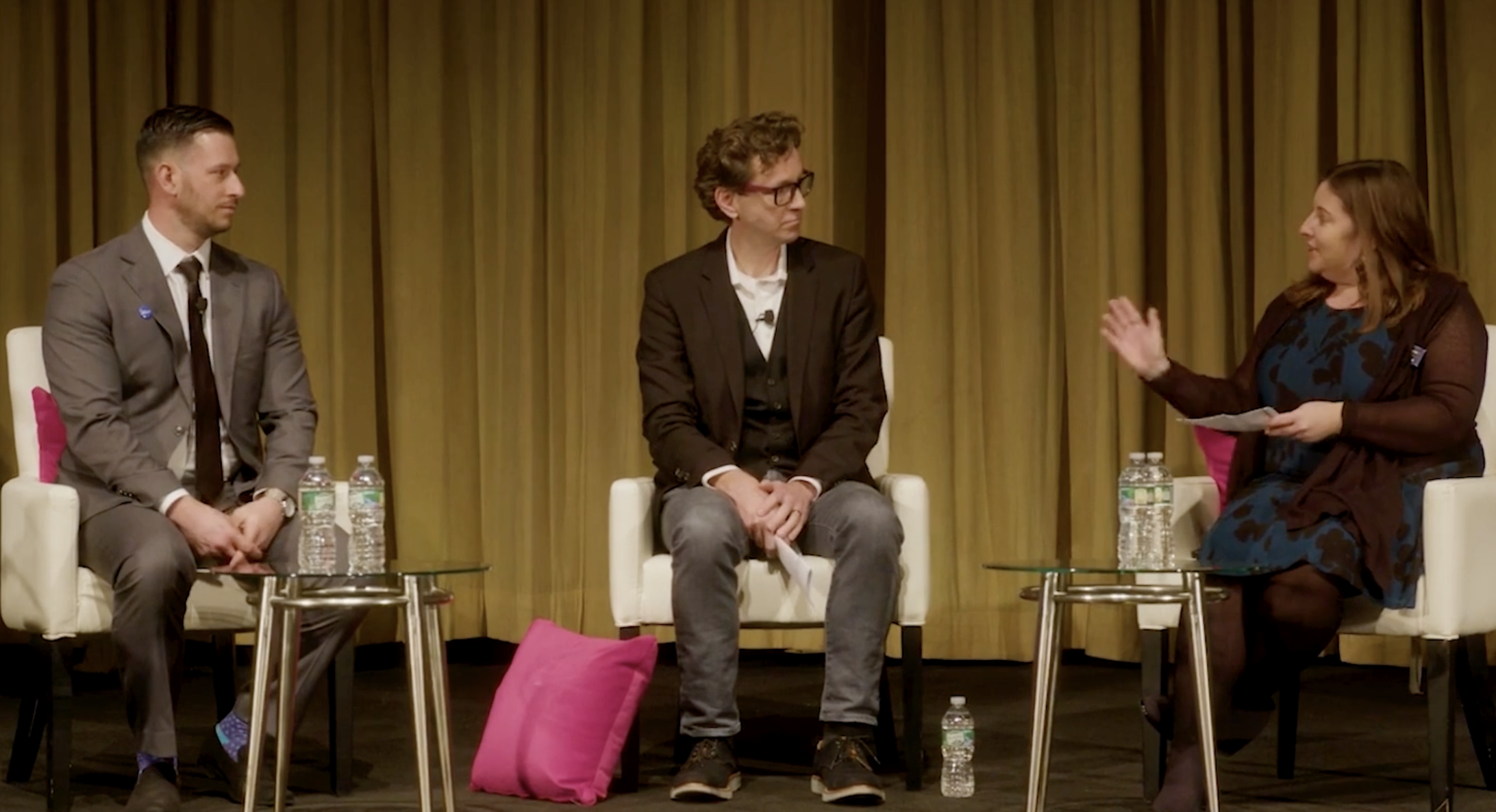Research
Catalyst research is the foundation of all our solutions for creating equitable workplaces. We examine today’s work environments and employees’ experiences in them. We track representation of women in corporate leadership and determine the root causes of gender gaps. We use fact-based, scientific methods—including longitudinal panels and large-scale field studies—to explore barriers and measure success. Whether you’re looking for numbers, ideas, or solutions, Catalyst has what you need. It’s why Catalyst is the most-trusted resource for knowledge on gender and inclusive leadership in the business.
Results

Webinar Recording: Equalising Benefits to Drive Employee Engagement
Listen to insights and best practices for equalizing benefits and help your workforce to thrive.
Video: How to Navigate the EU Pay Transparency Directive
The gender pay gap remains an unrelenting reality across Europe. Women on average still earn over 14% less than men…
Essity's Courageous Conversations Initiative (Practices)
By cultivating facilitators from within their organization, Essity has been able to have courageous conversations around many dimensions of diversity.

Virtual Roundtable Recording: Women’s Health in the Workplace: Menopause
Watch this roundtable to learn about the role of organizations in supporting those going through menopause.

Video: Beyond Allyship, Stories of Impact from MARC Alumni
Catalyst's Julie Nugent with Karl Preissner of P&G and Gavin Kimmel of Chevron at the Catalyst Awards.
Be Inclusive Every Day (Infographic)
Start being more inclusive with these easy, practical, intentional actions.
Flip the Script: Gender Stereotypes in the Workplace-Men
Stop using common words and phrases that undermine men's ability to bring their whole authentic selves to work.

Webinar Recording: Beyond Zero Sum: Embracing Gender Equity as a Win-Win Scenario
This session revealed how embracing gender partnership enriches the lives, experiences, and workplaces of people of all genders.

4 Ways Companies Can Improve Frontline Dynamics (E-book)
Turnover is a multibillion-dollar issue, and companies that don't clearly communicate or build the frontline employee value proposition are likely…

Team Dynamics on the Front Line: How Managers and Organizations Impact This Overlooked Key to Retention
Businesses are losing billions of dollars by overlooking frontline employees. Improving team dynamics can help.

Webinar Recording: Driving the Catalyst Effect: Women Leaders Cultivating Workplace Equity
In celebration of the 2024 International Women’s Day, watch an inspiring webinar highlighting women who are trailblazers in driving positive transformation in their workplaces and beyond.

7 Things You Can Do for Women at Work, Including Yourself, This International Women’s Day
We invited four remarkable women to share how they are blazing a path towards a more equitable future of work.

Effective DEI Messaging: Understanding Employee Perspectives (Infographic)
Learn what employees want companies to emphasize when talking about diversity, equity, and inclusion.

3 Ways Frontline Managers Can Improve Workplace Culture
This mini-guide is essential for anyone looking to elevate their frontline team's performance and drive sustainable growth.
Virtual Roundtable Recording: Catalyst ERG Resources Overview
Watch an overview of our ERG resources and Q&A, where Catalyst experts address questions about ERGs and how we can best support you.
Flip the Script: Transgender in the Workplace
This infographic guides people on words and actions that can create a culture inclusive of transgender employees.

Webinar Recording: Black Women and The Glass Cliff
Learn about the glass cliff and why organizations may offer high-level positions to Black women in times of turmoil.
The Double-Bind Dilemma for Women in Leadership (Infographic)
Gender stereotypes and the “think leader, think male” mindset create a no-win situation for women leaders.

Race & Ethnicity in the Workplace: Flip the Script (Infographic)
Use words that create inclusive environments where people feel both that they are valued and that they belong.
Sexual Orientation in the Workplace: Flip the Script (Infographic)
Stop using these common words and focus on performance and outcomes instead.